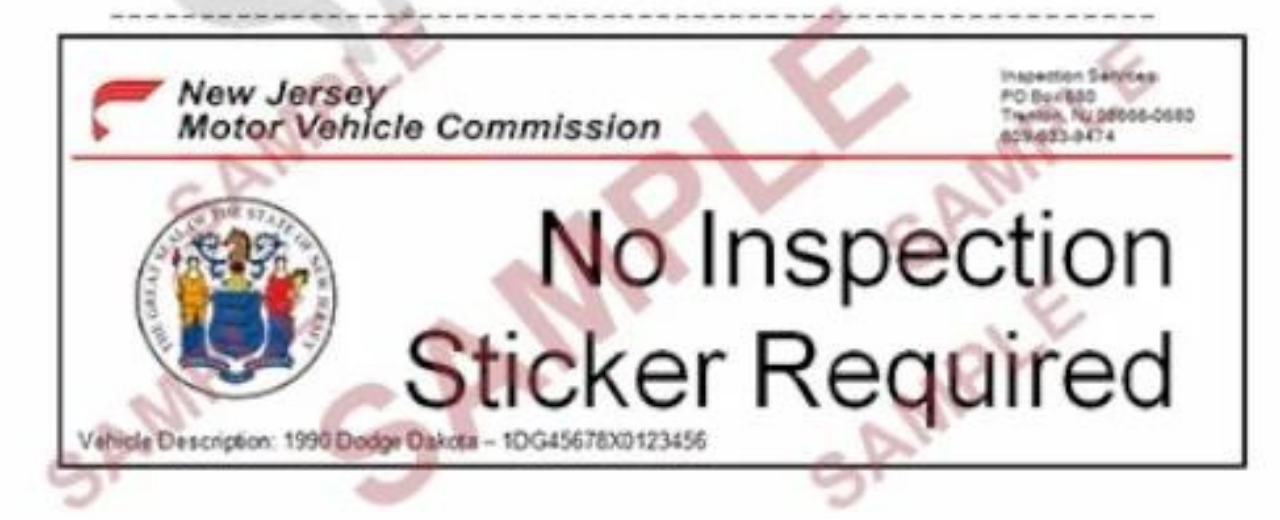
TO TOW OR NOT TO TOW?
It’s most likely you’ve all been there before…stranded on the road with a vehicle that just suddenly decided it will no longer be your beast of burden-and just quits on you. Well, isn’t that just a fine howdy-doo? It’s a situation that’s inconvenient, sometimes scary, and always maddening. Besides the immediate worry of “What the heck is wrong with my car?!” one must also ponder how to get the ungrateful mechanical beast to an automotive shop to find the answer. If your vehicle is just struggling to make it down the road, you might think to continue driving it just to get it to the shop, despite some serious signals telling you otherwise. There are some important things to consider when you’re deciding how to get Ole Lucy off of the highway and into automotive surgery. Never take chances, know the normal performance of your vehicle, and heed yellow/red warning lights, just as you do stop lights.
But I’m Not Stranded…Yet.
Clearly if your vehicle just went full strike on you, it simply must be moved somehow. However, there are always situations in which your vehicle simply gives you signs that it’s going to die...maybe. Know the “I just have a cold” signs from “I’m having a heart attack” signs. If you persist in driving your automobile past its cardiac symptoms, you may end up with a much larger bill once you get it into a shop-if you even make it there at all. Not only that, but continuing to drive your vehicle in any questionable condition may harm you as well as other drivers. For example, continuing to drive your car with low or no oil will in the best case scenario cause your car to just halt on you, hence the immediate “strike”. If you’re extremely unlucky and actually persist, you’ll be out the cost of a new engine. That harms you financially of course, but there are also greater risks when soldiering on with a lame vehicle. If you notice grinding, knocking, squeaking noises, or any loss of control in steering, these might be signs of a loose wheel bearing-one that may even be about to break. You can potentially lose a wheel while driving. This will put you, your passengers, and other motorists at grave risk. Always remember that you are not the only motorist on the road. There are children, moms, dads, grandparents, and young people who still have their entire lives ahead of them. DO NOT take that chance!
Smoke, persistent knocking sounds, check oil lights, burning smells, and of course actual flames are all “cardiac” symptoms. STOP the vehicle. Get it towed. In fact, if unsure at all, get your vehicle towed. It’s much wiser to be safe than sorry.

Yellow, You’re So Cautious! Red, You’re So Mean!
So we’ve said that whenever in doubt, get your vehicle towed. And that still applies! But there are some handy signals your auto gives you in deciding when it’s time to get some immediate help via towing or maybe try to go the distance (and still secure a doctor’s visit for your vehicle ASAP).
It’s helpful to know the feel of your vehicle. Violent knocks and issues with steering may not produce a warning light on your dashboard at all. Do not take unnecessary risks! Get it towed. On the other hand, the “check engine”, aka “most hated signal in the world” light can mean all sorts of ambiguous things. That’s when knowing how your vehicle normally performs becomes very important in deciding whether to tow it or not. If there is a noticeable loss of performance, get the vehicle towed. If not, service ASAP, but it’s probably safe to continue to your destination. But many times, one may not be driving a familiar automobile. The vehicle in question could be a rental or on loan from a friend. In these cases, it’s probably best to get the vehicle towed.
So…yellow versus red. This is when your vehicle’s design helps you in making the decision you’re not adequately educated to make yourself. Just as you should NEVER run through a red light on the road, heed your vehicle’s red lights and STOP. Oil and engine temperature lights fall into this category. Stop the vehicle (as soon as safely possible) and get the vehicle towed. Brake lights fall into this category when there’s a noticeable loss of performance in braking. And always remember: If you make the decision to stop your vehicle and call the tow truck, always be sure to pull as far off of the road as possible, in an area other drivers can never mistake for a driving zone. Use your hazard lights if able, and also flares if available.
Yellow lights include notices that the ABS (anti-lock braking system) and air bags may be dysfunctional. You can probably continue your journey, but get your vehicle serviced as soon as possible. Low tire pressure lights should be addressed by stopping at the soonest available air pump. If the warning light persists, see a mechanic as soon as possible. Also note that every vehicle is different. Any car you own, borrow, or rent should have the owner’s manual on board. If not, don’t drive it.
When deciding on when to tow your vehicle, it’s clearly always safer to err on the side of caution. Not only can you exponentially increase the repair costs to your vehicle should you persist in driving it while faulty, you could potentially cost other motorists their lives, for which there simply is no price tag. However, one can use the hands-on knowledge of their vehicle and warning lights to make an educated decision. But always remember: When in doubt-get Lucy towed. It’s worth it.









